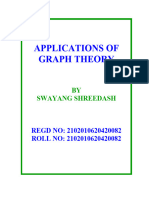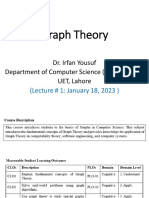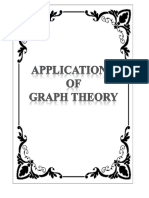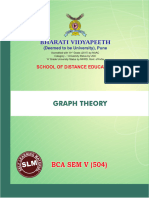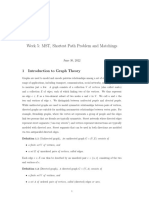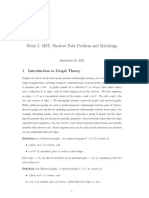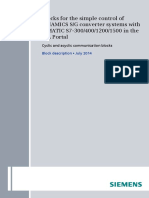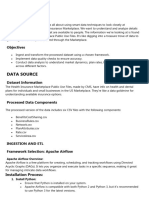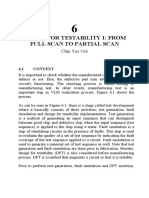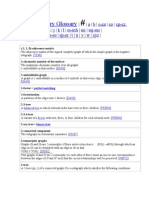0% found this document useful (0 votes)
32 views9 pagesGraph
A graph is a data structure consisting of nodes (vertices) and edges that show connections between them. It can be categorized into various types such as directed, undirected, weighted, and unweighted graphs, each with specific properties and applications in real life, including social networks and navigation systems. Key concepts include adjacent nodes, degrees of nodes, and specific types of graphs like trees, bipartite graphs, and cycle graphs.
Uploaded by
Nimisha KumariCopyright
© © All Rights Reserved
We take content rights seriously. If you suspect this is your content, claim it here.
Available Formats
Download as DOCX, PDF, TXT or read online on Scribd
0% found this document useful (0 votes)
32 views9 pagesGraph
A graph is a data structure consisting of nodes (vertices) and edges that show connections between them. It can be categorized into various types such as directed, undirected, weighted, and unweighted graphs, each with specific properties and applications in real life, including social networks and navigation systems. Key concepts include adjacent nodes, degrees of nodes, and specific types of graphs like trees, bipartite graphs, and cycle graphs.
Uploaded by
Nimisha KumariCopyright
© © All Rights Reserved
We take content rights seriously. If you suspect this is your content, claim it here.
Available Formats
Download as DOCX, PDF, TXT or read online on Scribd
/ 9

